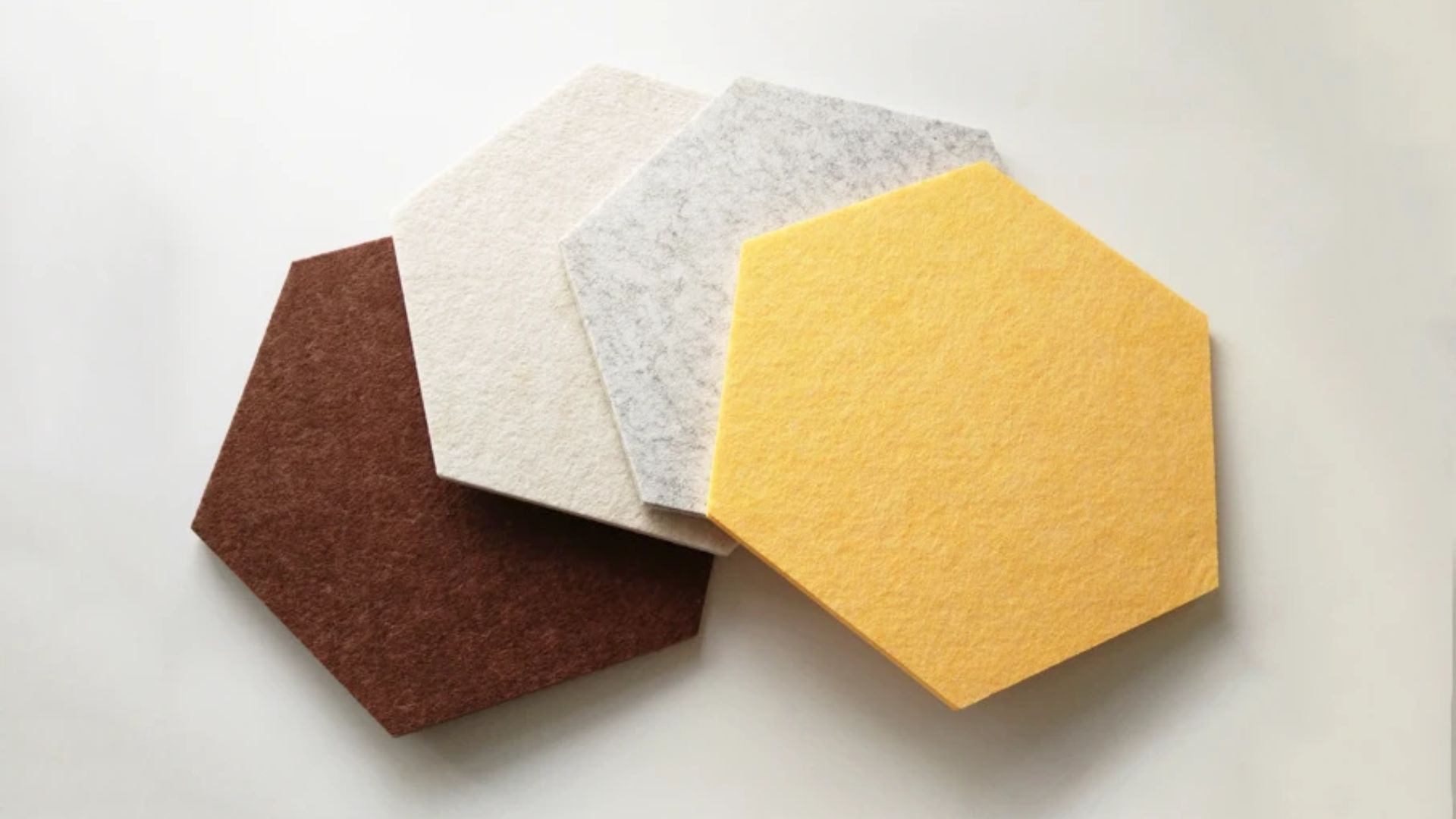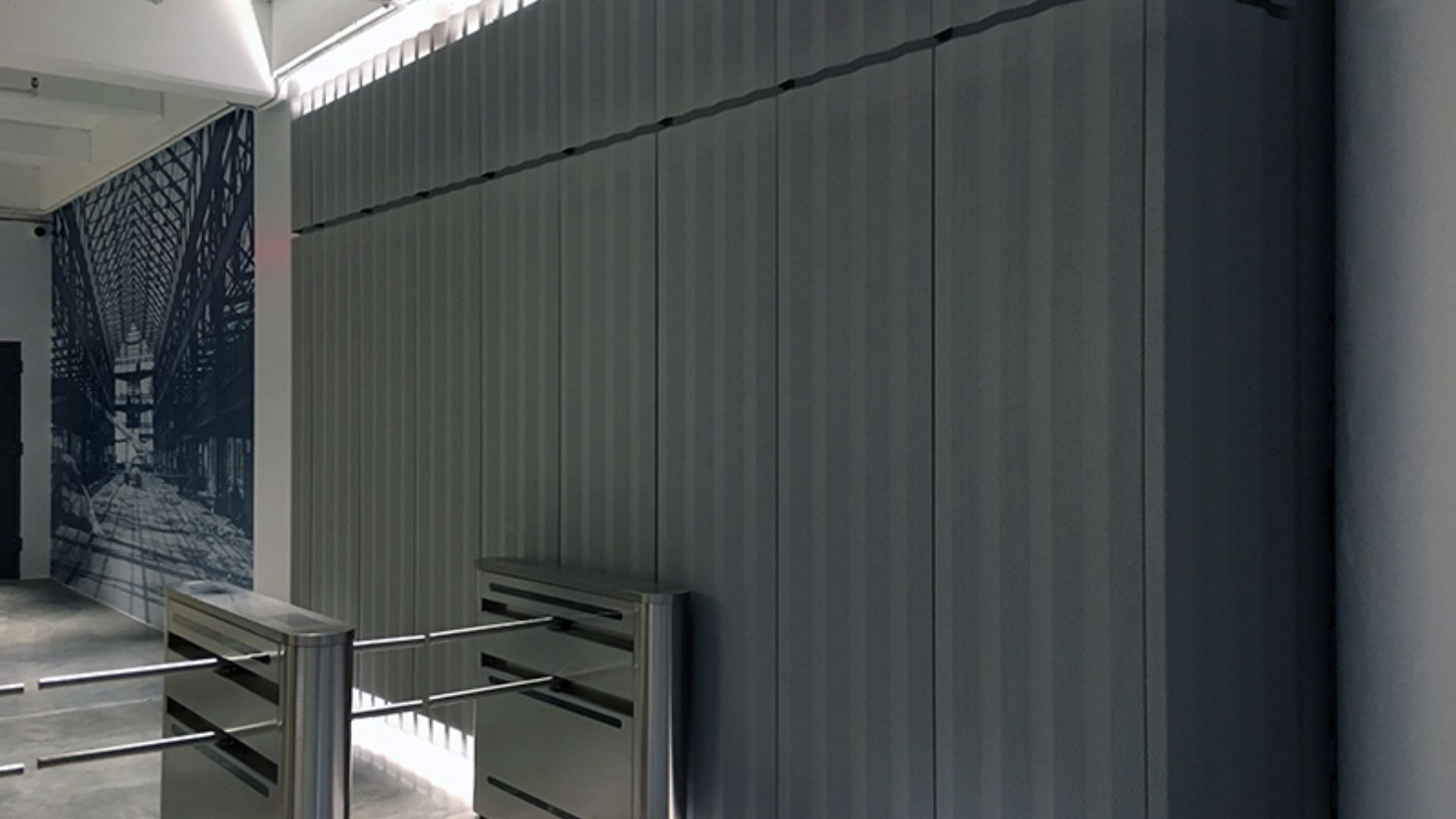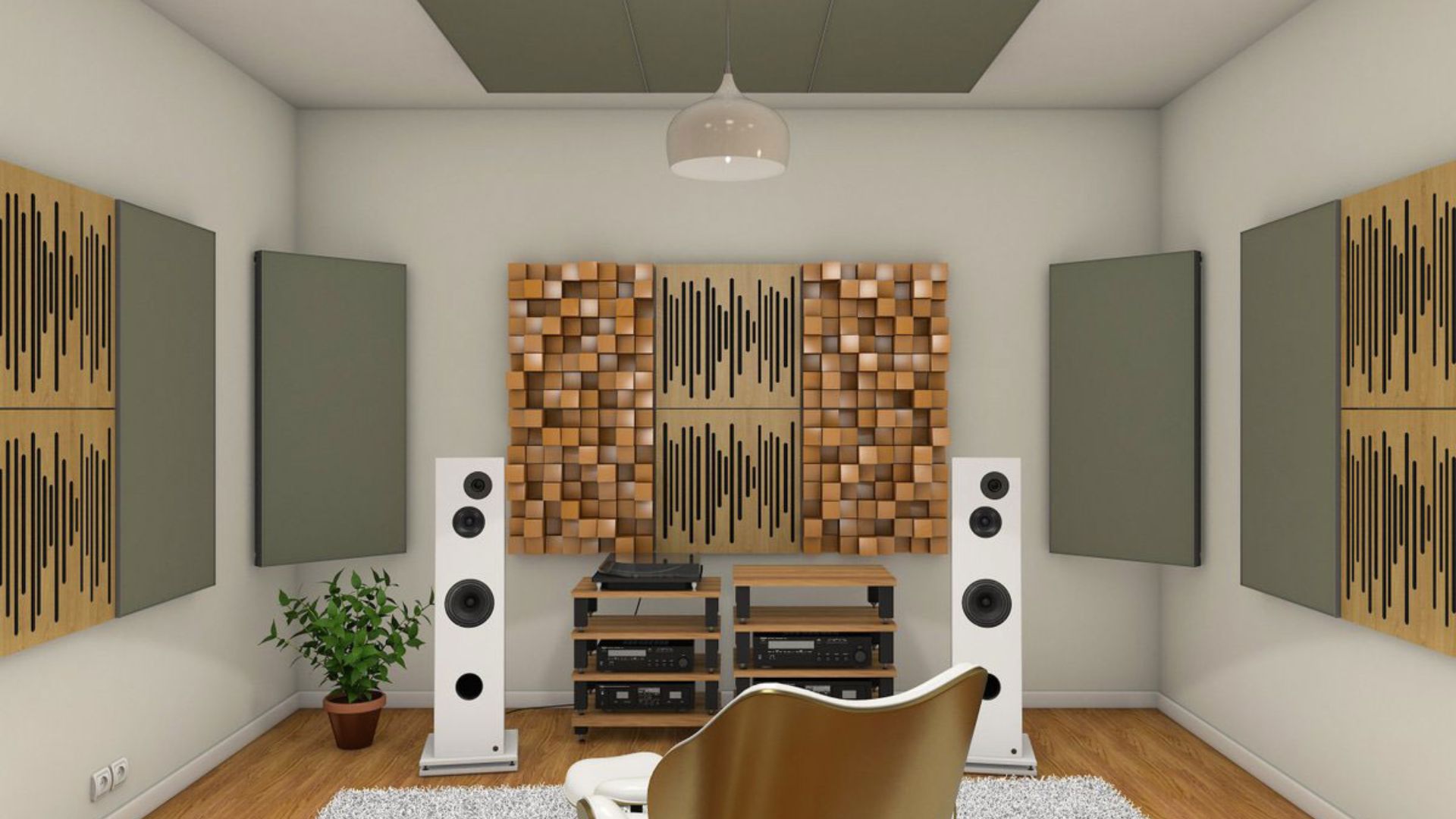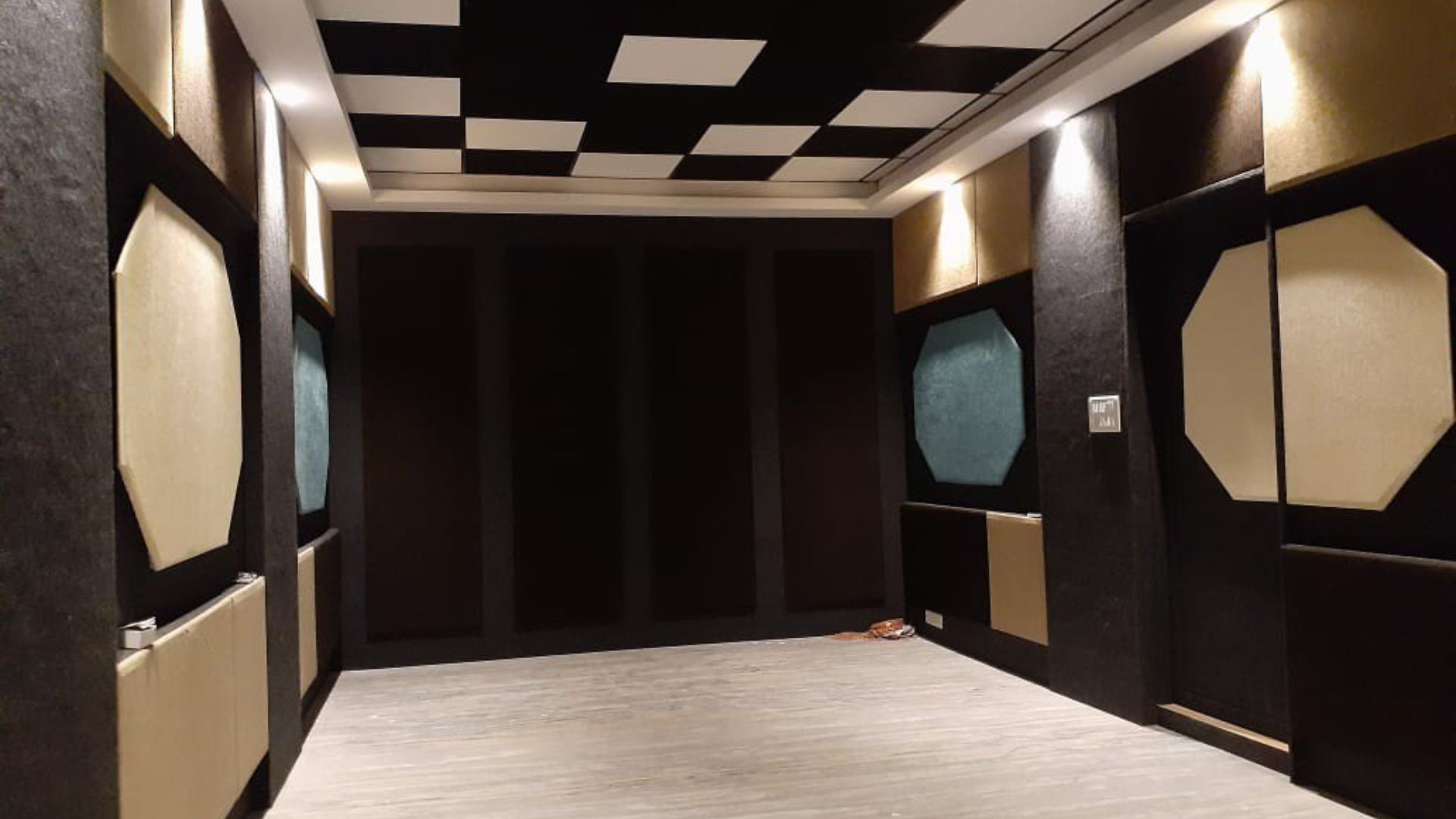Introduction
In today’s increasingly noisy world, finding peace and tranquility within our living and working environments has become a challenge. Whether it’s the hustle and bustle of city life, the constant hum of household appliances, or the intrusive sounds of neighbors, unwanted noise can significantly impact our comfort and well-being. Fortunately, there’s a powerful solution that can transform any space into a serene sanctuary: Soundproofing foam spray.
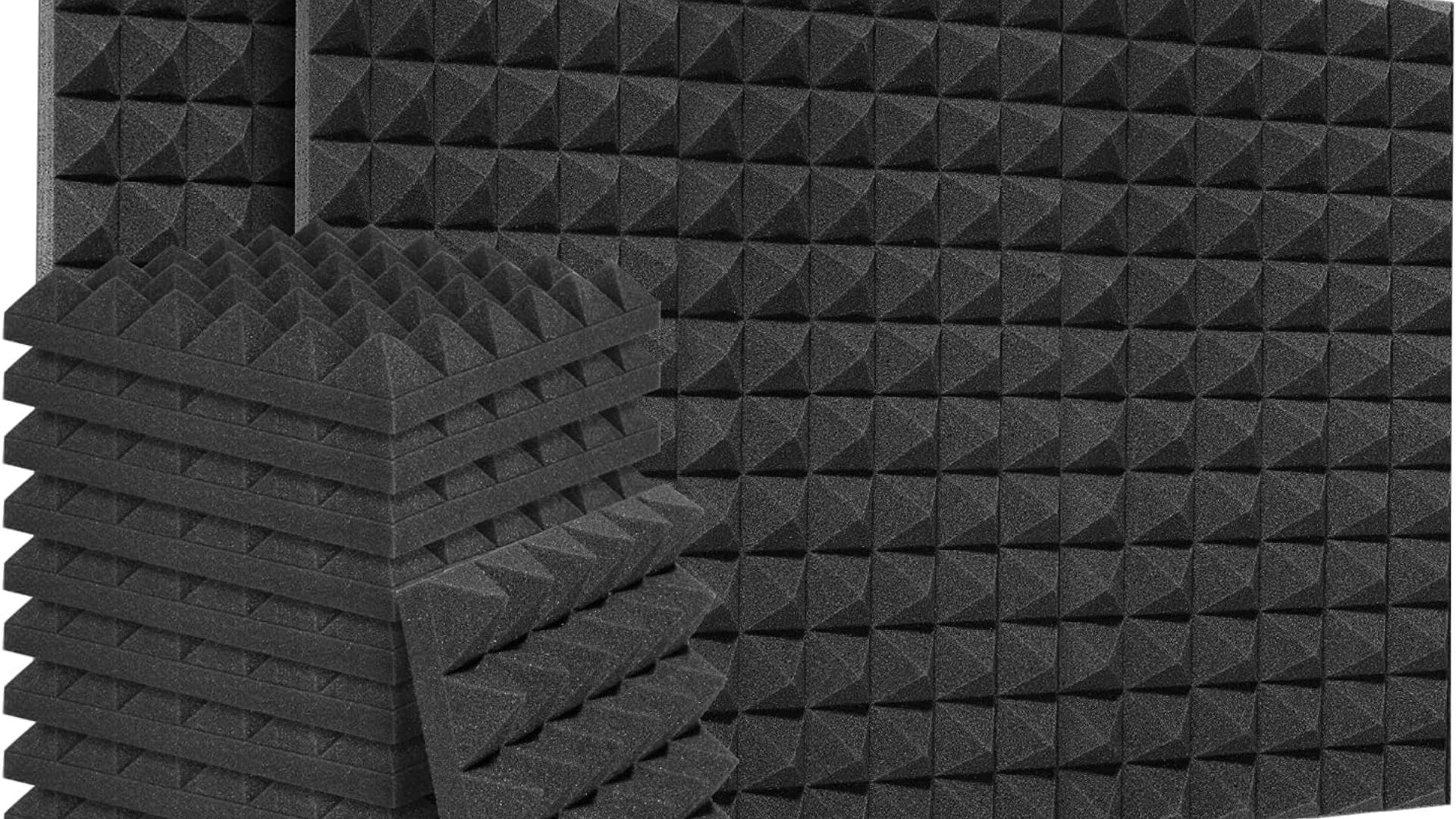
The Science of Soundproofing
Before diving into the specifics of soundproofing spray foam, it’s essential to understand the basics of soundproofing. Soundproofing involves blocking, absorbing, or dampening sound waves to reduce noise levels. Effective soundproofing addresses two primary aspects: airborne noise and impact noise. Airborne noise includes sounds like voices, music, and traffic, while impact noise refers to sounds caused by physical contact, such as footsteps or furniture moving.
What is Soundproofing Spray Foam?
Soundproofing spray foam is a versatile and highly effective material designed to combat unwanted noise. It comes in a can and is applied as a spray, which then expands and hardens to create a solid, sound-absorbing barrier. This foam is typically made from polyurethane, which has excellent sound-dampening properties. When sprayed into walls, ceilings, floors, or other surfaces, it fills gaps and cracks, creating a seamless barrier that prevents sound from traveling through.
Benefits of Using Soundproofing Spray Foam
-
Easy Application
One of the most significant advantages of soundproofing spray foam is its ease of application. Unlike traditional soundproofing methods that require extensive construction work, foam spray can be applied quickly and effortlessly. It can reach areas that are otherwise difficult to insulate, such as tight corners and small crevices, ensuring comprehensive coverage.
-
Effective Noise Reduction
Soundproofing spray foam is incredibly effective at reducing noise levels. Its unique composition absorbs sound waves, minimizing echo and reverberation within a room. This makes it an ideal solution for home theaters, recording studios, and offices where clear acoustics are crucial.
-
Thermal Insulation
In addition to its soundproofing capabilities, foam spray also provides excellent thermal insulation. This dual-purpose functionality helps maintain a comfortable temperature in your space, reducing energy consumption and lowering utility bills.
-
Durability and Longevity
- Once applied, soundproofing spray foam forms a durable barrier that can last for many years. It is resistant to moisture and mold, making it suitable for use in various environments, including basements and bathrooms. Its longevity ensures that you enjoy a quieter space for a prolonged period without the need for frequent maintenance.
-
Versatility
Soundproofing spray foam is incredibly versatile and can be used in a wide range of applications. Whether you want to soundproof a single room or an entire building, it adapts to different surfaces and structures. It can be used in residential, commercial, and industrial settings, providing a flexible solution to noise pollution.
Transforming Your Space with Soundproofing Spray Foam
-
Identify Problem Areas
The first step in soundproofing your space with foam spray is to identify the areas where noise infiltration is most significant. Common problem areas include walls, ceilings, floors, and windows. Once you’ve pinpointed these spots, you can plan your application strategy accordingly.
-
Prepare the Surface
Before applying the foam spray, it’s crucial to prepare the surface. Ensure that the area is clean, dry, and free of dust or debris. This preparation helps the foam adhere better and ensures optimal performance.
-
Apply the Foam Spray
Using the soundproofing spray foam is straightforward. Follow the manufacturer’s instructions for application, which typically involves shaking the can, attaching the nozzle, and spraying the foam into the desired areas. The foam will expand to fill gaps and cracks, creating a solid soundproof barrier.
-
Allow for Curing
After application, allow the foam to cure according to the recommended time frame. This curing process is essential for the foam to harden and form an effective sound-absorbing barrier.
-
Finish and Enjoy
Once the foam has cured, you can finish the surface as desired. This might involve painting, covering with drywall, or leaving it as is. With the soundproofing spray foam in place, you’ll immediately notice a reduction in noise levels, creating a more peaceful and comfortable environment.
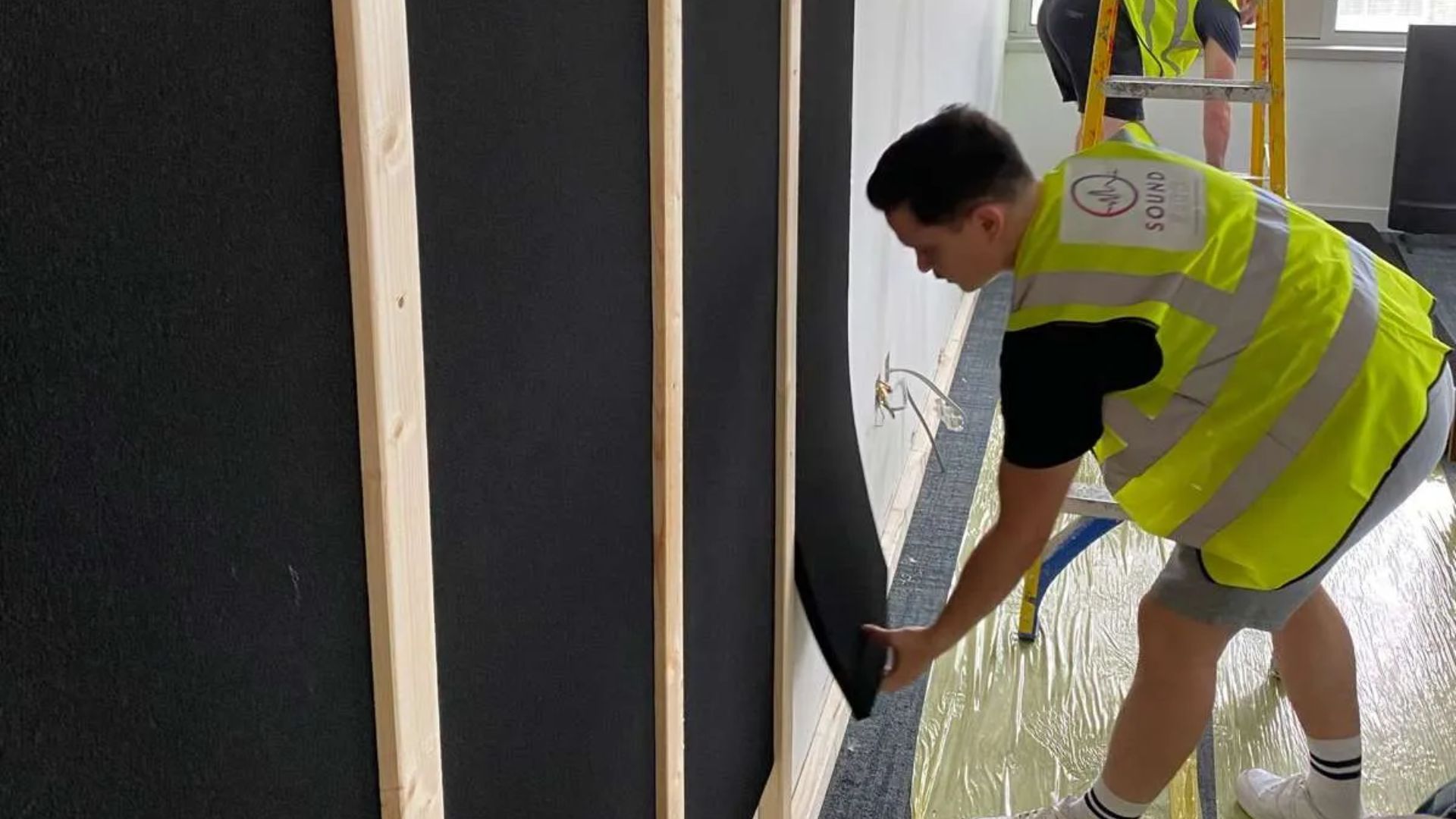
Conclusion
Incorporating soundproofing spray foam into your space is a transformative step towards achieving a quieter, more serene environment. Its ease of application, effectiveness in noise reduction, and additional benefits like thermal insulation make it a valuable investment for any home or workplace. By addressing the sources of unwanted noise, you can create a sanctuary of peace and productivity, truly experiencing the benefits of a whisper-quiet space.


